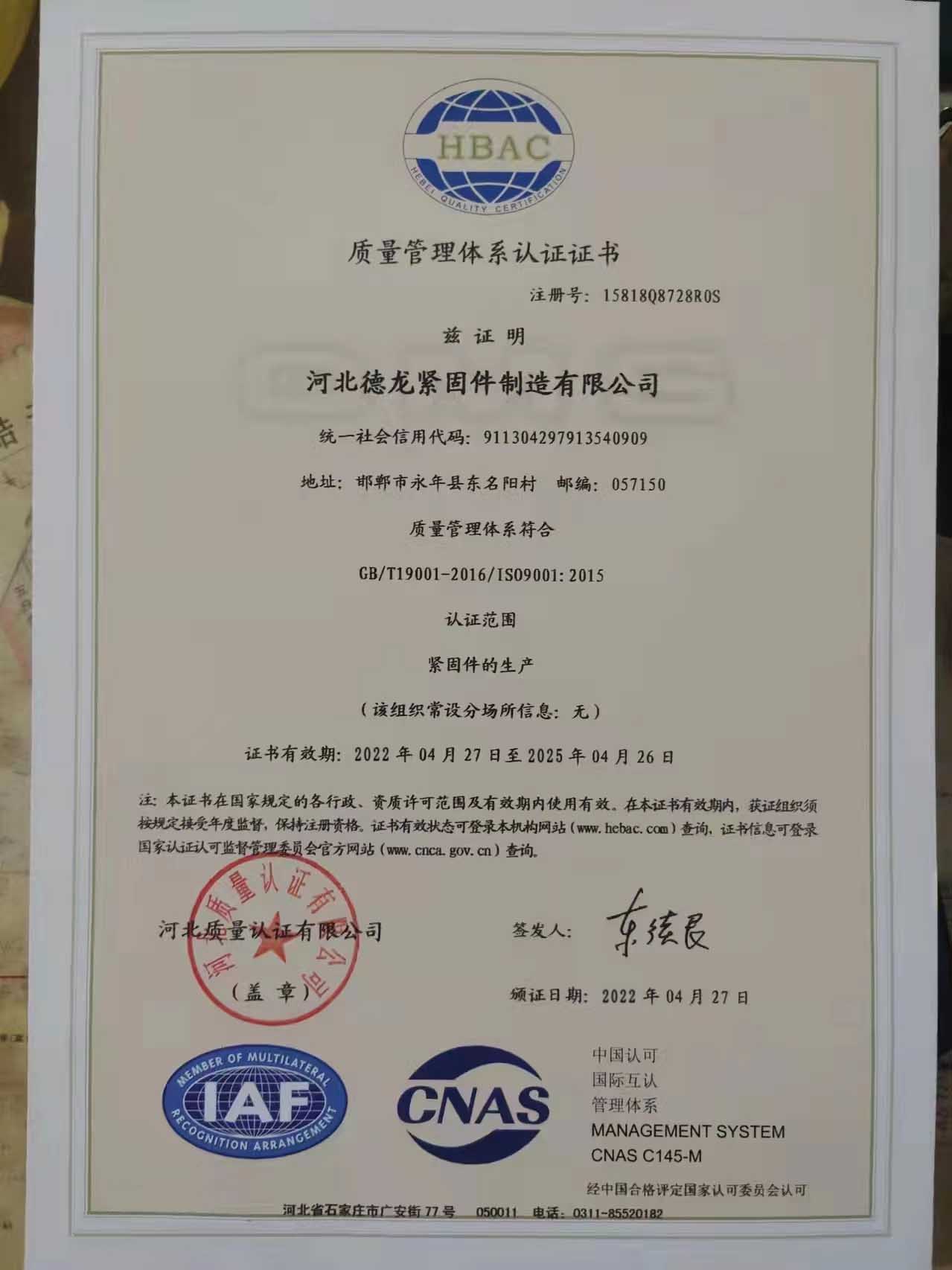drywall screw pattern for ceiling companies
The Importance of Drywall Screw Patterns for Ceiling Installation
When it comes to drywall installation, particularly on ceilings, the screw pattern is an often-overlooked yet crucial factor that can greatly influence the strength and aesthetic of the finished product
. Understanding the optimal screw pattern can significantly enhance the durability and appearance of drywall ceilings, making it essential knowledge for contractors and DIY enthusiasts alike.A traditional approach to installing drywall involves securing it to the ceiling joists using screws. The recommended practice is to use screws that are specifically designed for drywall, typically making it easier to create a flush surface while minimizing the risk of damage to the panels. The most common screw size for ceiling installation is a 1 1/4 inch to 1 5/8 inch screw, sufficient to penetrate through the drywall and into the wooden or metal studs or joists beneath.
The typical screw pattern for ceiling drywall installation is approximately every 12 inches along the edges of the boards and every 16 inches in the field—the area away from the edges. This pattern not only helps to hold the drywall firmly in place but also minimizes the risk of sagging, which is especially important for ceilings where the weight of the drywall can lead to problems if not securely fastened.
Using the proper screw pattern is vital for preventing issues like cracking, sagging, or even detachment over time. This is particularly true for ceilings where gravity can affect the integrity of the installation more than on walls. Proper spacing of screws ensures that the weight is evenly distributed, reducing the risk of any one area being subjected to excessive strain.
drywall screw pattern for ceiling companies

Moreover, achieving a good screw pattern is not solely about functionality; it also plays a significant role in the finishing process. A well-executed screw pattern at uniform intervals allows for easier taping and mudding, resulting in a smoother surface that is easier to finish and paint. This uniformity can significantly reduce the need for extensive sanding or patching, thus saving time and labor costs.
In addition to the spacing, the depth of the screws is equally critical. Screws must be driven in just below the surface of the drywall—this is referred to as a “dimpling” effect. If the screws are too deep, they can damage the drywall; if they’re too shallow, they can pop out, leading to further complications down the line.
For ceilings that will bear the load of additional materials such as insulation or decorative elements, it may be necessary to use additional screws or even specialized fasteners to ensure that everything is securely anchored. It’s also wise to consider the type of drywall being used. For example, moisture-resistant drywall may require different handling and fastening techniques, especially in areas prone to humidity.
In conclusion, adopting the correct drywall screw pattern for ceiling installations is imperative for achieving a robust and visually appealing finish. By adhering to industry standards for screw spacing and depth, contractors can enhance the longevity and performance of drywall ceilings, leading to better outcomes for clients and a smoother work process for installers. Whether you're a seasoned professional or a weekend warrior, mastering the nuances of drywall installation can set your projects apart and lead to success in the competitive construction landscape.
-
Top Choices for Plasterboard FixingNewsDec.26,2024
-
The Versatility of Specialty WashersNewsDec.26,2024
-
Secure Your ProjectsNewsDec.26,2024
-
Essential Screws for Chipboard Flooring ProjectsNewsDec.26,2024
-
Choosing the Right Drywall ScrewsNewsDec.26,2024
-
Black Phosphate Screws for Superior PerformanceNewsDec.26,2024
-
The Versatile Choice of Nylon Flat Washers for Your NeedsNewsDec.18,2024










